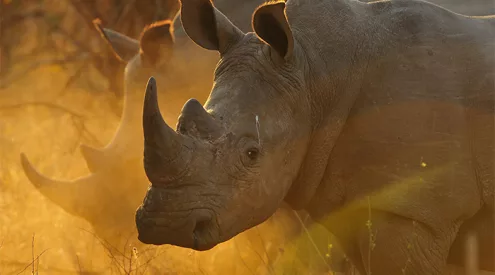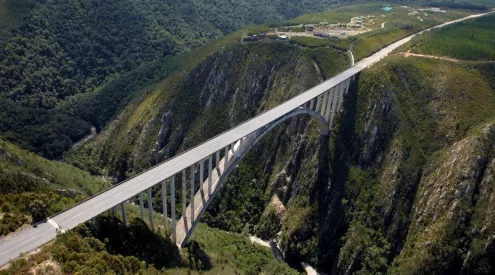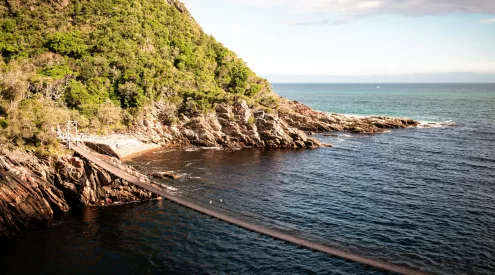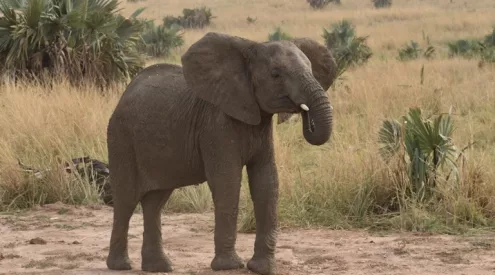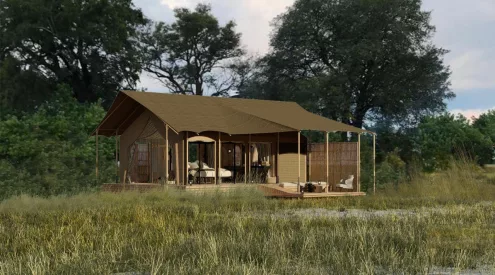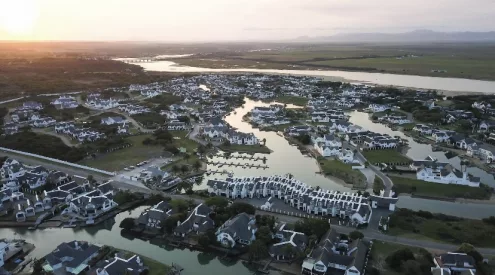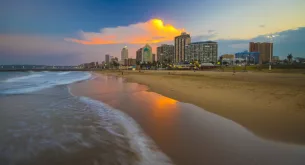The Vaal Dam has breached 100% capacity for the first time since 2018. According to Rand Water, the water level sits at 101.5%, 22.64 metres deep and has a current flow of 18.46m³/s as of February 8.
In September 2020, the dam was only at 30%.
The northern and central parts of South Africa have received heavy downpours over the past few weeks after Tropical Storm Eloise made landfall in Mozambique on January 23.
Read: South Africa’s dams and waterfalls are overflowing
Other dams in the country have also breached the 100% mark.
‘Bloemhof dam, which is also within the integrated Vaal River system, is also above 100%, it is at 106%,’ Department of Water and Sanitation spokesperson Sputnik Ratau told SABC.
‘We see also that the biggest dams in the country continue to spill, with the Gariep Dam in the Free State standing at 112.7% and spilling. Whereas the second biggest dam which is the Vanderkloof is standing at 109.8% and spilling as well.’
The Vaal Dam was constructed in 1938. It has more than 800km of shoreline, and spans three provinces: Gauteng, Mpumalanga and Free State.
According to the Gauteng Tourism Authority, the dam has a full supply capacity of about 2,500 million m3of the country’s cleanest water, which the dam receives from the Lesotho Highlands Water Project via the Wilge River.
Take a look:
🔴 💯💧BREAKING: VAAL DAM HITS 100% FULL ON MONDAY EVENING, FOR THE FIRST TIME IN NEARLY 3 YEARS!!! The dam has capacity to go up to around 126% full!
📆 LAST AT 100%
2021
2018
2017— Gauteng Weather (@tWeatherSA) February 8, 2021
Guys, the Vaal Dam is at 100%!!!
I’m not sure if you remember but in September 2020 it dipped below 30%!!! The dam has gone from the first photo to the second in 5 months!
This is really good news. Happy Monday! pic.twitter.com/no6GR0F2oK
— Brent Lindeque (@BrentLindeque) February 8, 2021
😍🤩💧FIRST PICTURES of the VAAL DAM at 100% FULL LATE MONDAY! Amazing recovery, considering that the dam was below 29% full just 3 months ago | 📸Lydia van der Merwe pic.twitter.com/9FXPbl94g4
— Gauteng Weather (@tWeatherSA) February 8, 2021
Picture: Wikimedia commons


